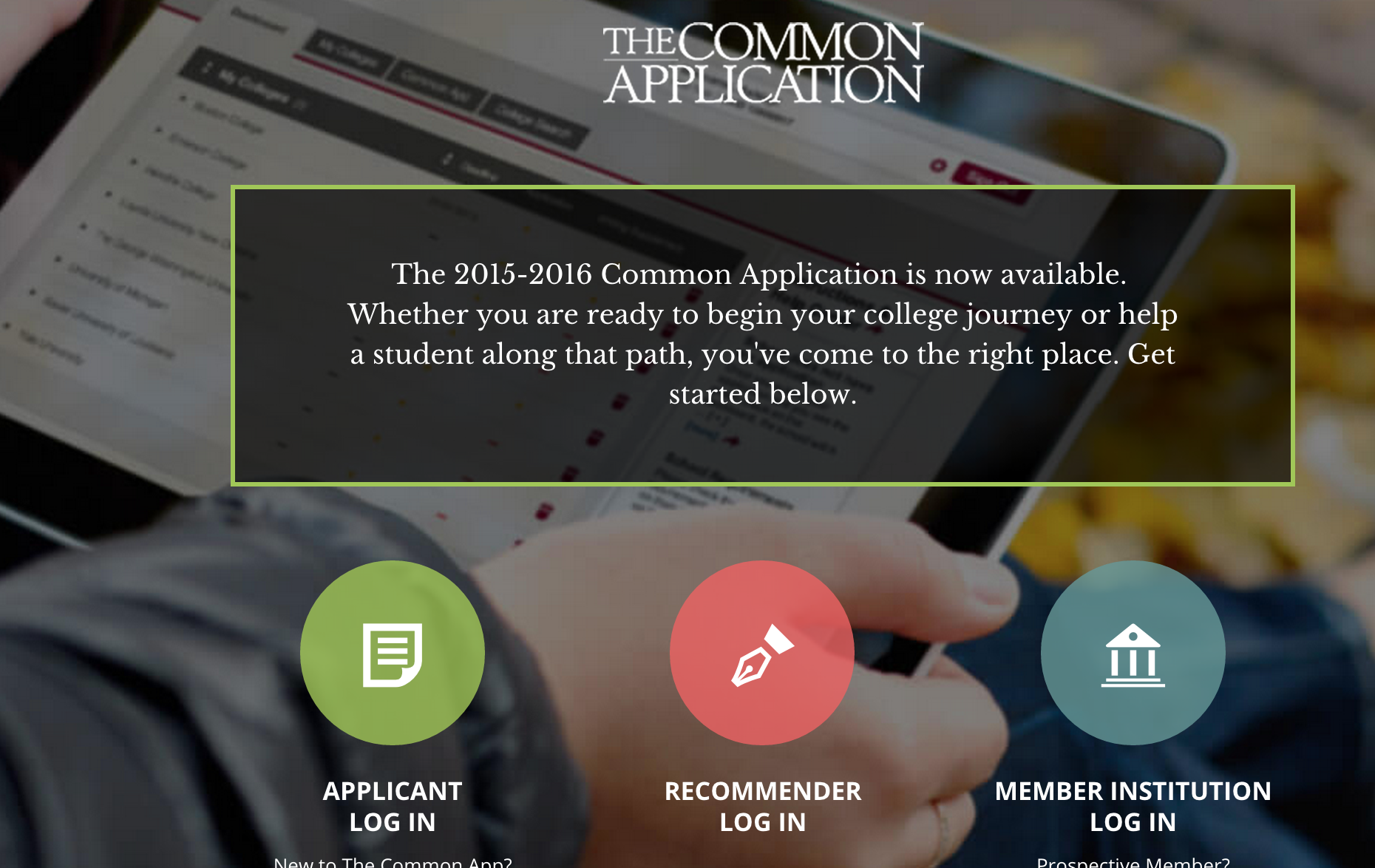The month of May not only brings the dreaded exam season, but it also marks the time of college decision dates. First-year transfer students must commit to their college of choice by May 1, while transfer students receive college decisions up to July.
Along with decision day comes the flood of commitment posts to various social media platforms, such as Facebook and Instagram, showing new school pride in different creative ways.
Next comes the reactions; you write the congratulations comments and put the “love” reactions on the posts, all while secretly opening up a browser to type “blank University acceptance rates” into Google.
When Googling a student or university, the first suggested Google search almost always involves the words “acceptance rate.” Although students Google acceptance rates when applying to college to see their chances, a fair number of searches come from outsiders who are trying to see where the college ranks.
The competitive nature of college applications increased from what it used to be, and now, it seems as though an acceptance rate holds more relevance than the student’s true feelings toward the school.
The millennial generation gained a reputation for constantly comparing themselves to others. With memes about self-hatred going viral daily and an absurdly high competitive nature, it comes as no surprise that college ranking and acceptance rates hold a power over students.
But it does bear a particular question: do acceptance rates really matter? How much does an acceptance rate say about the school itself, and should it be valued as high as it seems to be?
Coming from a highly competitive high school myself, the question was never “What school do you like best?” but instead, it was always “What’s the best school you got into?” When did acceptance rates become more important than a student’s happiness?
On top of the fact that student’s opinions have lost their value, looking at acceptance rates from across the years reveals that within the last few decades, acceptance rates did decrease dramatically.
The U.S. News & World Report originally posted the first college guide in 1988, and since then, a decrease in acceptance rates has become clear.
For example, in 1988, John Hopkins University advertised an acceptance rate of 54 percent, but now it proudly holds a highly selective 11 percent acceptance rate. That said, low acceptance rates not only create a prestigious reputation, but they also increase the anxiety of the students applying.
The gradual, but significant, decrease in acceptance rates does not have a singular reason. Since 1988, college applications and culture have changed dramatically.
Not only did the introduction of the Common Application, an easy online application that allows students to fill out one application for many schools, make it much easier for students to apply, but the introduction of technology into college applications also created a more casual relationship between universities and potential students.

Around college application season, students’ email inboxes experience a flood of recruitment emails.
Colleges obtain students’ information from any expressed interest in the school, which includes tours, meetings with guidance counselors and google searches, and many schools even purchase student names from the College Board after the infamous SAT testing days.
The methods allow colleges to reach out to a broader scope of students. By encouraging students to learn more about their institution, they attract more students to their schools.
In turn, the higher applicant rate lowers the acceptance rate. To an extent, the amount of advertisements a college provides buys them a better reputation.
On top of the influx of applications at various institutions, total college enrollment increased by around 240 percent in the past 50 years. The decreasing acceptance rates merely mirror the higher percentage of students attending college. But does this mean that the quality of the schools increases at all?
An article posted last year by Forbes discussing the meaning of acceptance rates introduces the idea that in reality, acceptance rates only indicate the academic rigor before the student attends the college but says nothing about the superiority of the school after orientation.
Because more students apply to the big names, such as Harvard, Stanford and Yale, they deliver more rejections. Really, an acceptance rate itself says little about a University’s academics and more about its prestige.
Forbes even says that many Harvard students believe that the most difficult part about going to Harvard involves getting in. But if the hardest part of getting in involves the application process itself, what makes schools like Harvard so special?
The increase in college graduation rate, in turn, increases the education level in America. Higher attendance levels allow for universities and colleges to invest in better professors and better education in general.
This raises a particular question: does an acceptance rate even mean anything? In America, does the difficulty of a college or university really increase if the acceptance rate decreases by a few points?
Though difficult to decide if acceptance rates say anything about the actual education level at particular institutions, one thing becomes clear about college education: it can be what you make of it.
Working hard at an easier school will arguably teach you more than slacking off in a class at an Ivy League school. Acceptance rates can be deceiving, but an intense work ethic cannot be.
Because the authenticity of college acceptance rates can be questionable, the idolization of a low acceptance rate should be put to a stop.
Instead of asking about the acceptance rate of a school, you should ask if a student likes the school or where the student feels as though they can be the happiest.
Happiness at a school should be valued as the most important. If a student finds themselves miserable at their college, whether it’s Yale or a state school, they are still unhappy. Instead of Googling the acceptance rate of a school, the norm should be trusting that the student knows best.
Studies show that college application seasons increase already abnormally high anxiety levels in teens, and most of this can be blamed on the competitive nature.
The four years experienced at college or university advertised as the “best four years of your life” should be just that, and a low acceptance rate will not affect how content someone is at a particular school.

















